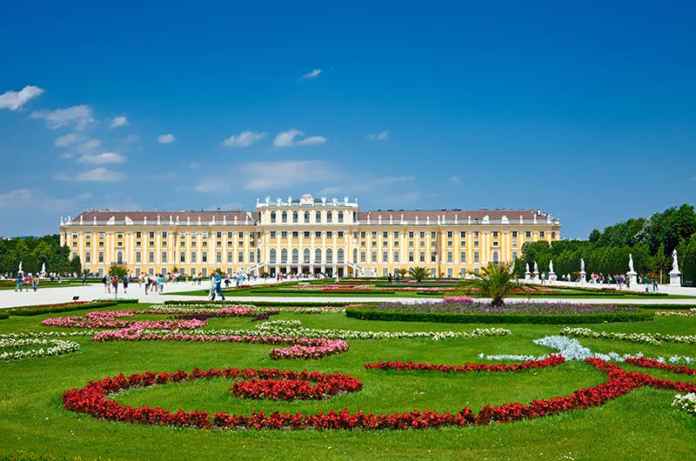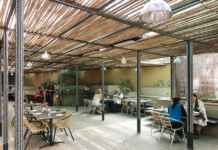Former home of the Habsburg court, Vienna, the capital city of Austria is a tourist magnet. Whether for fast-track travel or slow-paced sightseeing, Vienna happens to be one of the culturally richest cities in the world. Its origins can be traced to the late Paleolithic era. The first evidence of recorded history began with the Romans, who founded Vienna in the first century and named it the Vindobona. Today, it is the largest city in the republic of Austria.
As far as accessing Vienna is concerned, located at a distance of nine miles south-east of the city is the Vienna International Airport, which happens to be the home base of the flag-carrier Austrian Airlines. Tourists also have the option of arriving at the other smaller airports in the region which are served by budget airlines. Budapest and Munich Airports, which offer 3 to 5 hour long flights is another option for substantial savings. There are also frequent trains from all neighboring regions and countries to Vienna. As far as commuting within the city is concerned, Vienna’s public transport network with its U-Bahn and S-Bahn lines offer good connectivity. There are also numerous trams, taxis and bus services for the tourist to choose from.
Vienna has a multitude of activities for its tourists so there can be no one best season to visit the city. The winters in Vienna are between the months of December and March. The temperatures are usually barely above 0°C. Drizzling is common and daylight hours are relatively less as compared to summers. By April, the city begins to enjoy milder temperatures. From mid-May to late June outdoor festivals and parties are underway. Weather in June is moderate with a light summer windy breeze. In July and August, there are a few hot and humid days, but overall, summer in Vienna is pleasant. Autumn starts around September.
Some of the major attractions of Vienna include:
• Ringstrasse: A famous boulevard surrounding the Innere Stadt district of Vienna, it came into existence by the end of the nineteenth century. The Ringstrasse reflects Vienna’s position as one of the biggest and most important capitals in the world before the fall of the empire in 1918.
• Schönbrunn Palace: Completed in 1780 during the reign of Maria-Theresia, Schönbrunn Palace was the former summer residence of the imperial family. With its interiors designed in Rococo style, it is spread over 176 hectares of land. Set aside at least a half day for a visit to Schönbrunn’s magnificent palace and garden.
• Stephansdom: Completed in the mid-fifteenth century, Stephansdom happens to be among Vienna’s most important Gothic landmark. Located in the heart of Austria’s capital, its doors are open for the public, daily 6am-10pm. The timings vary on the weekends.
• Hofburg: With a splendid Baroque exterior, Hofburg was the former imperial and royal Habsburg residence. Commissioned by King Ottokar II of Bohemia, visitors flock to see the chapel, church, library, the Winterreitschule housed inside. Today, there are no visible traces of this original structure left. Visit the Imperial Apartments if you want to know how the royal family once lived.
For a fun-filled vacation, plan a trip to Vienna!













